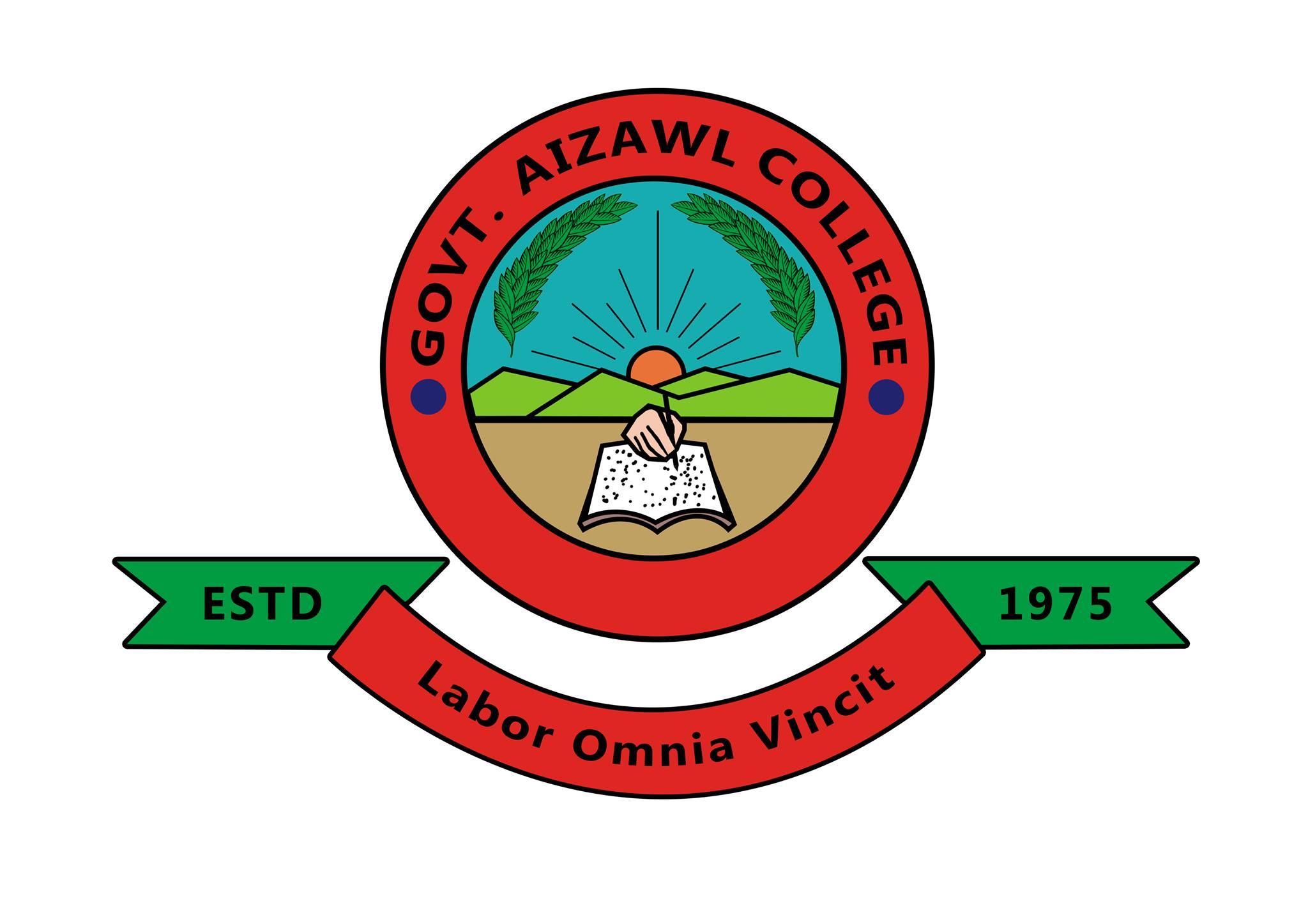Current Status of Jhumimg/ Shifting Cultivation in Mizoram
Mizoram is a highly literate agrarian economy, but suffers from slash-and-burn jhum or shifting cultivation, and poor crop yields. In recent years, the jhum farming practices are steadily being replaced with a significant horticulture and bamboo products industry.
Jhum cultivation, or slash-and-burn practice, were a historic tradition in Mizoram and a threat to its forest cover. This practice has reduced in recent decades from a government supported initiative to support horticultural crops such as pineapple and banana plantations.
Jhum practice
Before 1947, agriculture in Mizoram predominantly used to be slash-and-burn driven Jhum cultivation. This was discouraged by the state government, and the practice has been slowly declining. A 2012 report estimates the proportion of shifting cultivation area in Mizoram to be about 30% - predominant part of which was for rice production (56% to 63% depending on the year). Despite dedicating largest amount of labour, jhum cultivated and non-jhum crop area to rice, the yields are low; Mizoram average rice yields per acre is about 70% of India's average rice yield per acre and 32% of India's best yield. Mizoram produces about 26% of rice it consumes every year, and it buys the deficit from other states of India.
The crop area used for jhum cultivation rotates in Mizoram; that is, the area slashed and burnt for a crop is abandoned for a few years and then jhumias return to slash and burn the same plot after a few years of non-use. The primary reasons for cyclical jhum cultivation includes, according to Goswami et al., personal, economic, social and physical. Jhum cultivation practice offers low crop yields and is a threat to the biome of Mizoram; they suggest increased government institutional support, shift to higher income horticultural crops, assured supply of affordable food staples for survival as means to further reduce jhum cultivation.
Forest Profile of Mizoram
Mizoram has the third highest total forest cover with 1,594,000 hectares (3,940,000 acres), and highest percentage area (90.68%) covered by forests, among the states of India, according to 2011 Forest Survey of India. Tropical Semi Evergreen, Tropical Moist Deciduous, Subtropical Broadleaved Hill and Subtropical Pine Forests are the common vegetation types found in Mizoram. Bamboo is common in the state, typically intermixed with other forest vegetation; about 9,245 km2 (44%) of state's area is bamboo bearing. The state and central governments of India have cooperated to reserve and protect 67% of the land covered by forests, and additional 15% by management. Only 17% of the land is non-forested area for cultivation, industry, mining, housing and other commercial human activity. Satellite data suggests 91% of state's geographical area is covered by forests.
Jhum cultivation, or slash-and-burn practice, were a historic tradition in Mizoram and a threat to its forest cover. This practice has reduced in recent decades from a government supported initiative to support horticultural crops such as pineapple and banana plantations. Mizoram is host to numerous species of birds, wildlife and flora. About 640 species of birds have been identified in the state, many of which are endemic to Himalayan foothills and southeast Asia. Of the birds found in Mizoram forests, 27 are on worldwide threatened species list and 8 are on critically endangered list. Prominent birds spotted in Mizoram include those from the families of Phasianidae, Anatidae, Ciconiidae, Threskiornithidae, Ardeidae, Pelecanidae, Phalacrocoracidae, Falconidae, Accipitridae, Otididae, Rallidae, Heliornithidae, Turnicidae, Burhinidae, Charadriidae, Scolopacidae, Jacanidae, Laridae, Columbidae, Psittacidae, Cuculidae, Strigidae, Caprimulgidae, Apodidae, Alcedinidae, Meropidae, Bucerotidae, Ramphastidae, Picidae, Pittidae, Laniidae, Campephagidae, Dicruridae, Corvidae, Paridae, Hirundinidae, Cisticolidae, Pycnonotidae, Sylviidae, Timaliidae, Sittidae, Sturnidae, Turdidae, Dicaedae, Chloropseidae, Ploceidae, Motacillidae, Fringillidae, Nectariniidae and Muscicapidae. Each of these families has many species.
The state is also host to a variety of fauna, just like its sister northeastern Indian states. Mammal species observed in the Mizoram forests include Slow Loris (Nycticebus coucang), Red serow; the state animal (Capricornis rubidus), Goral (Nemorhaedus goral), Tiger (Panthera tigris), Leopard (Panthera pardus), Leopard Cat (Prionailurus bengalensis), and Asiatic Black Bear (Ursus thibetanus). Primates seen include Stump-tailed Macaque (Macaca arctoides), Hoolock Gibbon (Hylobates hoolock), Phayre’s Leaf Monkey (Trachypithecus phayrei) and Capped Langur (Trachypithecus pileatus). Other than mammalian wildlife, the state is home to many reptiles, amphibians, fish and invertebrates.
The state has two national parks and six wildlife sanctuaries - Blue Mountain (Phawngpui) National Park, Dampa Tiger Reserve (largest), Lengteng Wildlife Sanctuary, Murlen National Park, Ngengpui Wildlife Sanctuary, Tawi Wildlife Sanctuary, Khawnglung Wildlife Sanctuary, and Thorangtlang Wildlife Sanctuary.
Shifting Cultivation and NLUP
Shifting cultivation that is known as 'jhuming' in Mizoram, is an integral part of the sociocultural life of Mizos. With increase in population the jhuming cycle has shortened considerably and the productivity ofland has fallen with devastating impact on the environment. The Govt. ofMizoram in 1984 launched a programme called New Land Use Policy (NLUP) with an objective to put an end to the practice of jhuming by providing alternative land based permanent occupation and stable income to the families practicing jhuming (jhumias) in rural areas thereby raising their standard of living. Assistance is provided for various trades or occupation for a period of three years. The programme is operated on yearly basis. In addition to the main trade, assistance is also provided for subsidiary trades so that the beneficiary earns income throughout the year. It is, however, found that the NLUP have not had any impact on jhuming as most of the beneficiaries are continuing jhuming even after receiving assistance under NLUP. Programme has also failed to bring out any perceptible improvement in the economic condition of the villagers. There has not been any significant change in the quality oftife of the beneficiaries. There is a need to bring out changes in the attitudes towards Jhuming. The programme needs restructuring. The beneficiaries, village councils and YMA need to be involved at all levels, proper marketing facilities for the products are required to be provided, utmost care is required while selecting the beneficiaries, the resources of various participating departments are required to be pooled in and effective monitoring and evaluation system needs to be put in place.
Shifting Cultivation and its impact on forest Vegetation
More than 40,000 hectares of forest vegetation gets destroyed each year in Mizoram due to shifting cultivation practiced by the farmers, who constitute more than half of the population. Because of this practice of shifting cultivation for which the state forests department has been trying to compensate by having afforestation drives. Shifting cultivation in Mizoram reduce the fertility of land each year. Not only this, it affects the flora and fauna of the state.
Shifting cultivation is a great threat to rich biodiversity that the State has possessed. Mizoram is one of the hot spot in terms of biodiversity literature. It is unimaginable that how much vegetation, ecosystem, biomes, habitat and wildlife being destroyed over more than 100 years of practicing this old traditional method of farming. This slash and burn practice of farming each year has an adverse affect on ecological balance. One of the mildest climates in Indian States has now experienced a rise in temperature level. And if this traditional method of farming is not reduced to a minimum extent the temperature level of the state is likely to continue rise in the future.
The first Green Mizoram Day was observed in 1999 and has been observed ever since. However, since the trees planted needed maintenance, the State Level Committee on Green Mizoram chalked out a new plan of action through which trees were to be sponsored by individuals and groups. The committee has decided on this course of action since the state coffers could not afford the maintenance of thousands of trees planted each year on Green Mizoram Day. According to the Forests & Environment department's calculations, an estimated cost of Rs 1400 is required to plant a tree and for its maintenance upto a period of three years


















